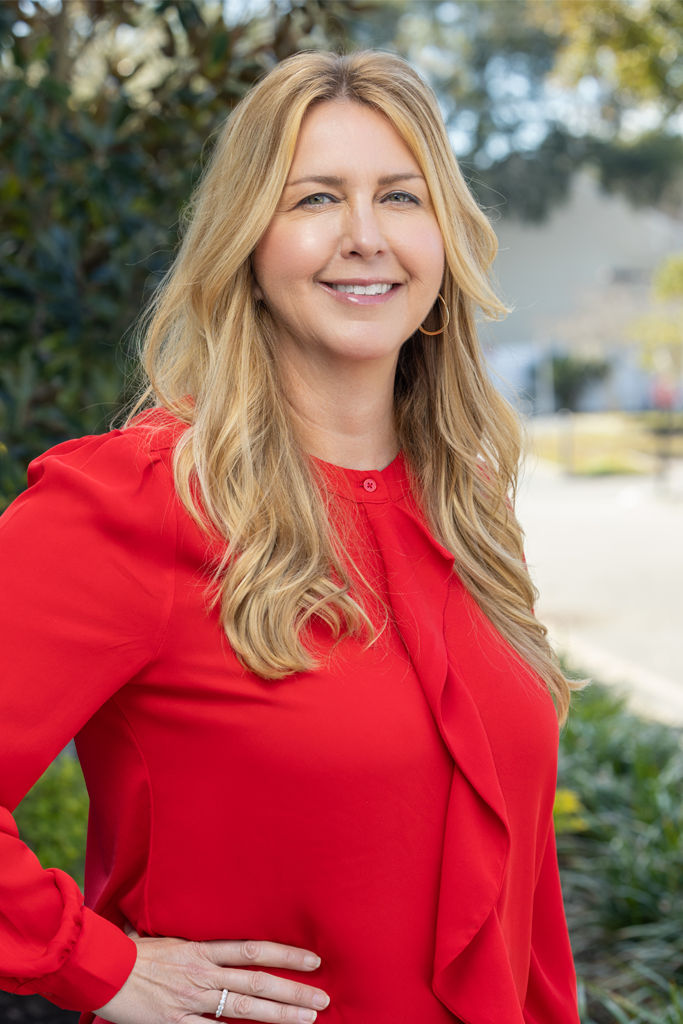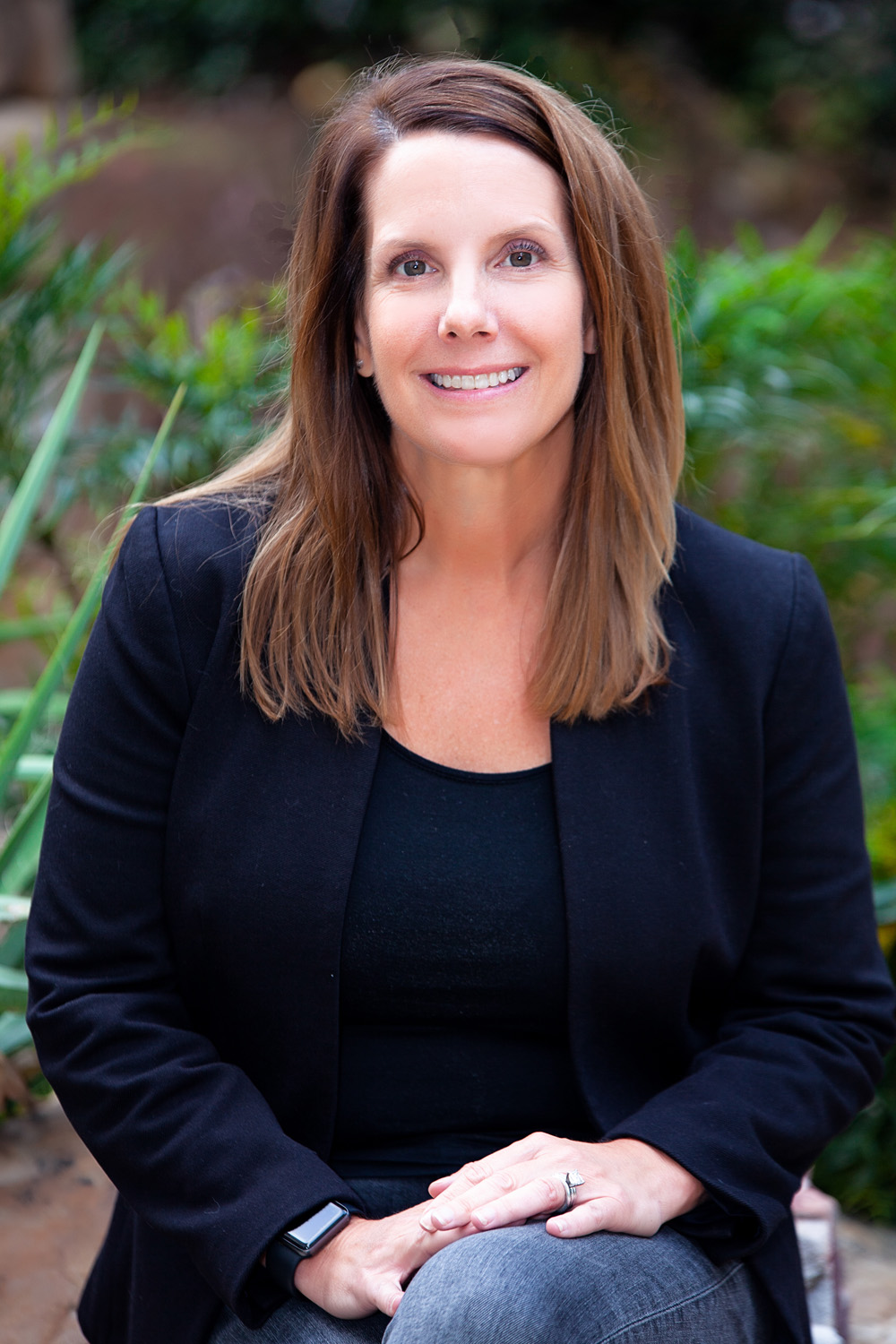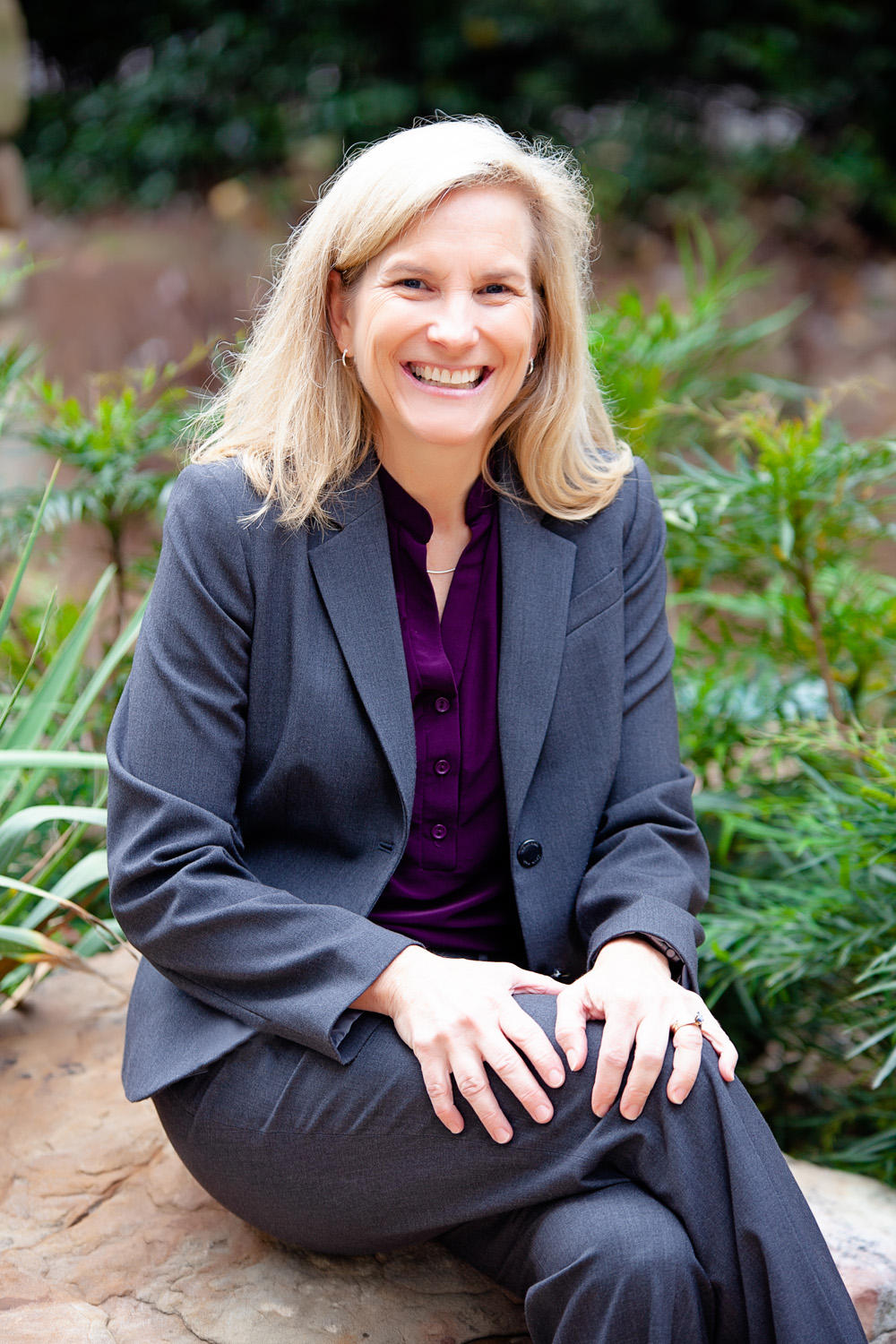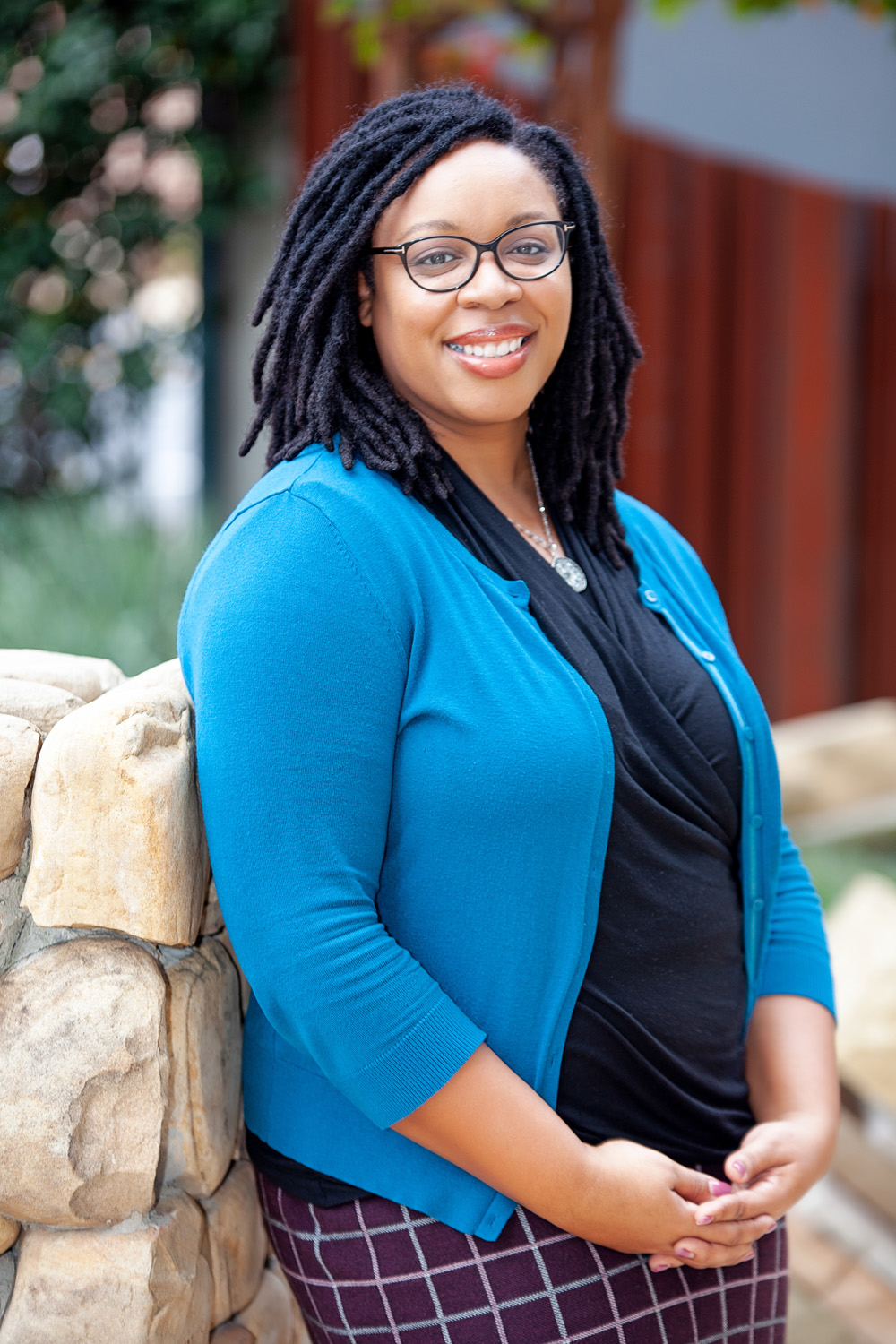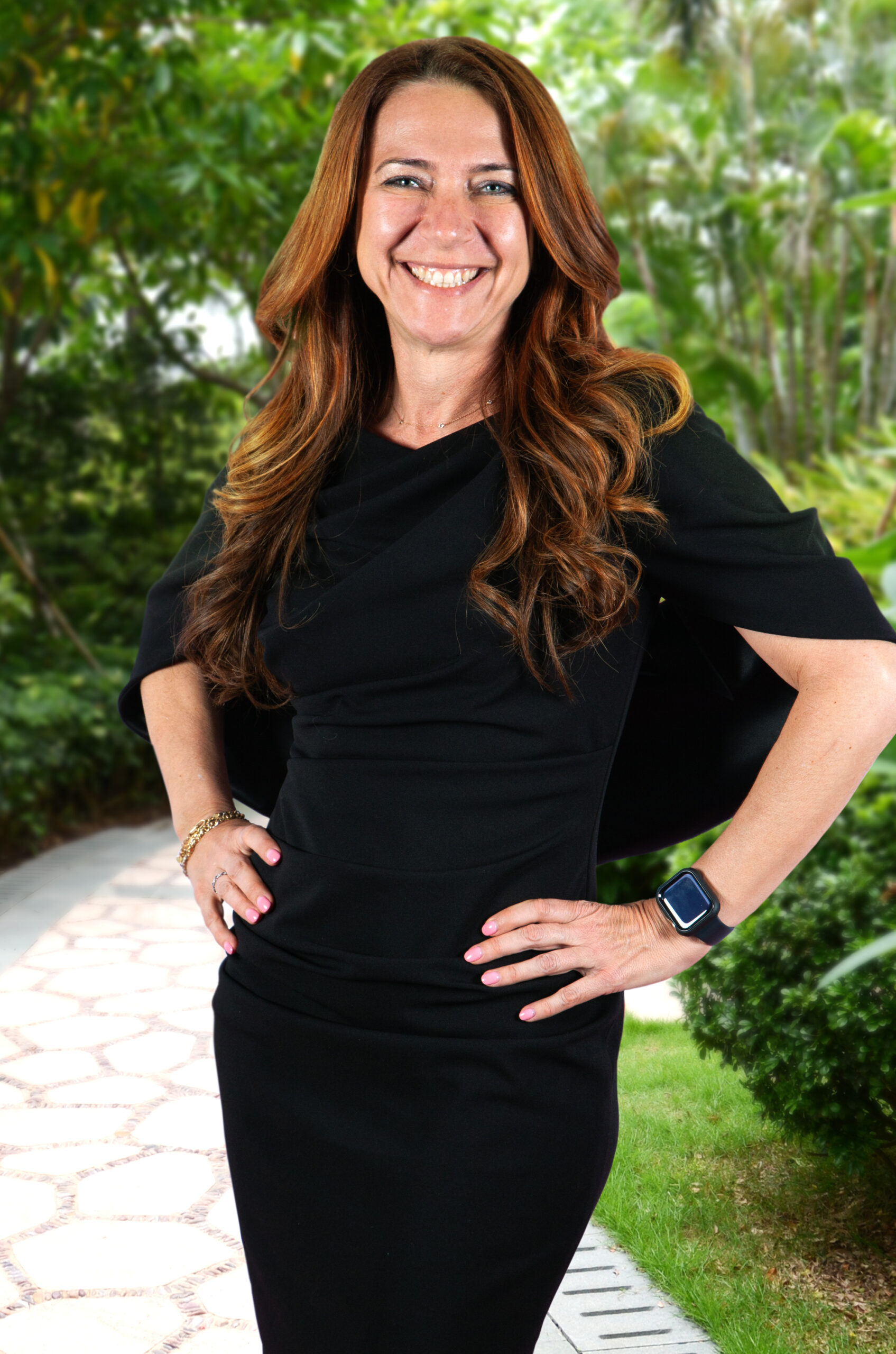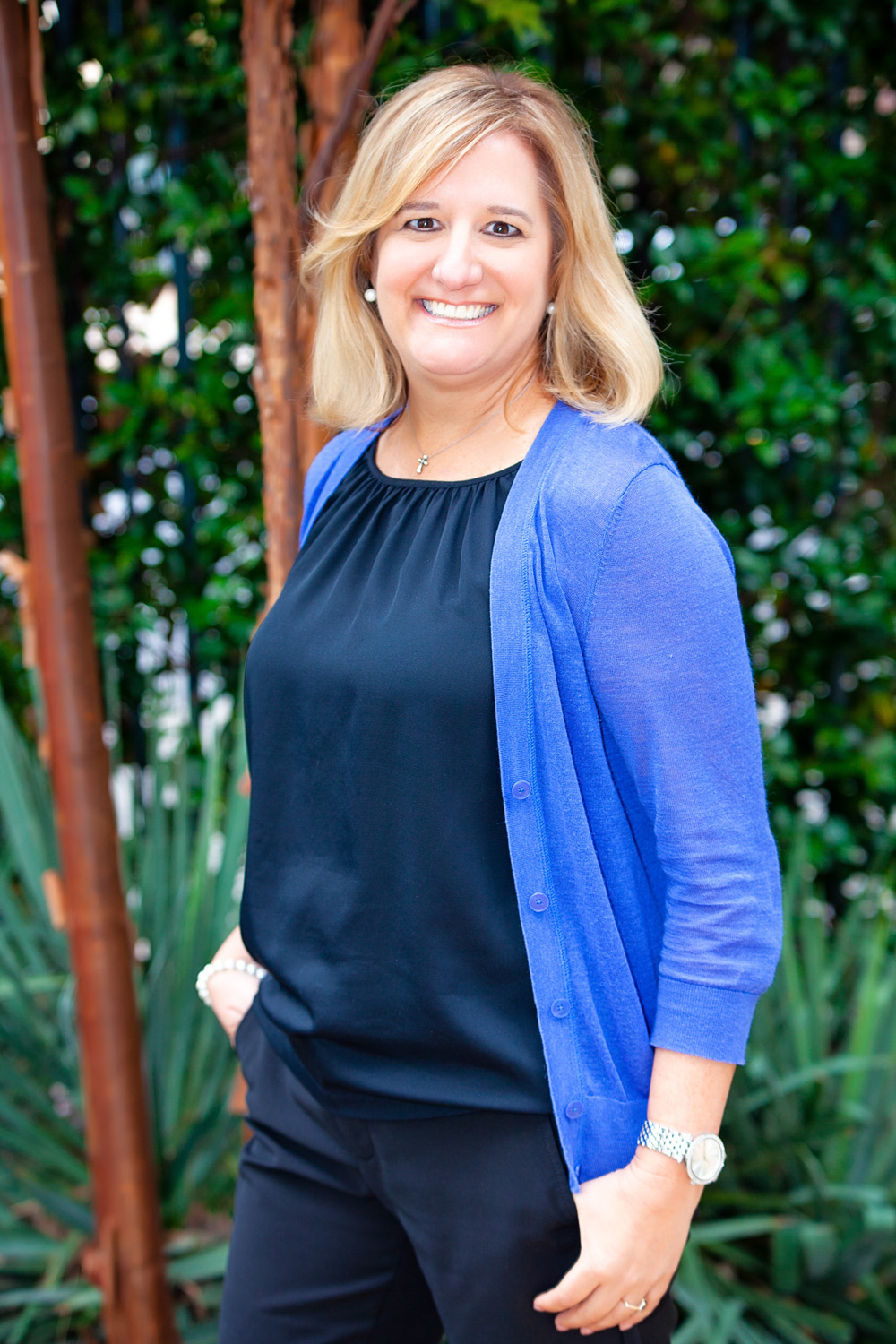By H.M. Cauley – Contributing Writer, Atlanta Business Chronicle
Since the world shut down in March due to the coronavirus, many companies have scrambled to learn a new lingo. Slack, Zoom, Webex, Google Hangouts, Teams, GoToMeeting and other variations of the term “meet online” were integrated into the vocabulary and process of doing business.
But what seemed innovative and functional five months ago has become, for many, a chore. Employees have been in or heard of online meeting meltdowns that range from participants sleeping, holding other conversations and, yes, using the facilities.
“We’ve had to make sure there is no virtual meeting burnout,” said Tricia Taylor, senior director of corporate communications and change management for the Coca-Cola Bottlers’ Sales and Service Company. “So along with video conferencing, we’ve had online chats, conference calls and casual, drop-in-and-out meetings at the end of the day. We’ve had to quickly adapt because communication is always critical and even more vital in these unprecedented times.”
Since going virtual in mid-March, the company’s 1,000 employees in Atlanta, Tampa, Fla. and Tulsa, Okla. have stayed connected beyond official business meetings. They participate in “Wellness Wednesdays” videos that cover issues such as physical and mental health and provide resources for employees who need support. They’ve socialized through pet competitions, virtual bingo, home scavenger hunts and step challenges.
Founder of the team-building group Improve It!, Erin Diehl takes a similar approach to team meetings. She and her crew work with companies to build cohesion and increase collaboration. When the world went online in March, she realized her group needed to take some of its own advice. Diehl set up themed conversations on Slack around trivia, show tunes, kids and pets, where staff can interact in multiple spaces.
“What sparked the idea was Goat-2-Meeting, an animal sanctuary you can book, and they’ll show up on your meeting with goats, cows or a farm tour,” said Diehl. “We had smiles for weeks when we did that. And it didn’t take away from work; it just added to our culture.”
Diehl also keeps her team engaged virtually through spirit days, where they dress up in various outfits and find matching backgrounds for their meetings. She also initiated Friday shut-downs to give employees time to get away from the screens.
All the initiatives are to create camaraderie and remove the drudgery that can come from tedious online meetings.
“It’s easy to forget why you do what you do,” she said. “If you forget the people you work with and the impact you make, then you’re not engaged. Making them want to be here is the biggest thing.”
Bela Jacobson, director of packaging operations at the architecture, engineering and construction consulting firm Haskell, has kept her 70-member team in touch through video conferencing, which she’d used well before the pandemic.
“Everybody already had access and logins, most of the team had laptops and [we] converted our conference rooms a year or two ago to accommodate Teams,” she said, adding that the company has about 70 offices around the country that communicate with each other already. “We had the capability to pivot really quickly.”
Jacobson said she realized quickly that not seeing co-workers face to face daily made it difficult to maintain morale and culture.
“I immediately recognized the challenges that people who are remote have felt in the past,” she said. “It’s difficult to maintain active relationships when you don’t run into people. So we started doing some things immediately.”
First up was a weekly happy hour. Volunteers have led trivia, hosted games and come up with themes around Broadway or favorite coronavirus memes. Non-obligatory sessions were held from 5 p.m. to 6 p.m., and at 8:30 p.m., to accommodate people with children. One person hosted a 7 a.m. workout. But even those fun activities soon lost their luster, Jacobson said.
“They worked well for about the first two or three months, but people got a bit virtual-ed out,” she said. “There were just too many meetings. We had to slow down. Now, I have managers setting up 15-minute check-ins with people every other week and formally once a month, just to see how people are doing and how projects are going.”
Taylor of Coca-Cola has adopted a similar approach.
“For me, the lesson is brevity,” she said. “We’re mindful of the time span of meetings, having an agenda and yielding the floor to associates so they have an opportunity to be part of the conversation. It’s not just one person talking for 45 minutes. We’re constantly asking about the day-to-day workload and getting feedback.”
That’s an approach endorsed by Katheryn Heinz, a consultant who works with companies on meeting strategies. While virtual events such as birthday celebrations and contests may help morale, a more permanent impact can be made on a company’s culture by ensuring virtual employees are recognized for contributions and productivity, she said.
“Bonding is important for growth and efficacy, but that’s difficult when you’re staring at someone and yourself [on the screen],” she said. “Sometimes people’s virtual parties build team cohesion, but people also need to see how their contributions are productive, because feeling productive is huge for morale. If a group can creatively come up with solutions or make contributions toward solutions and know how those suggestions will be considered and incorporated, you’ll have a bonded team.”
Employers can build stronger connections while working remotely by acknowledging their employees have lives outside of work that they must deal with as well, she added.
“What people don’t need is their time wasted,” said Heinz. “Loyalty will come if you’re aware of the employee’s whole reality, not just what goes on in a phone call.”
________________________________________
Five tips for an engaging online team meeting
1. Make it meaningful. Have an agenda and stick to it.
2. Keep it short.
3. Consider one-on-one or small group check-ins rather than a massive video call.
4. Allow time for employees to contribute ideas and brainstorm.
5. Make social activities voluntary.


